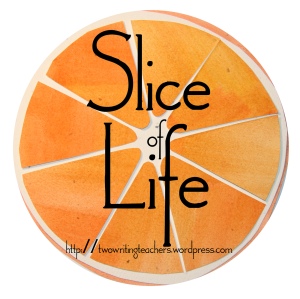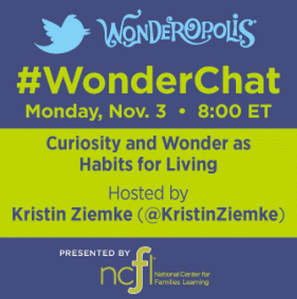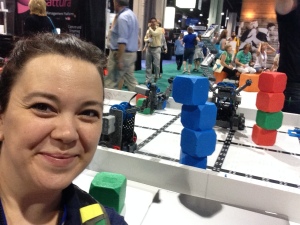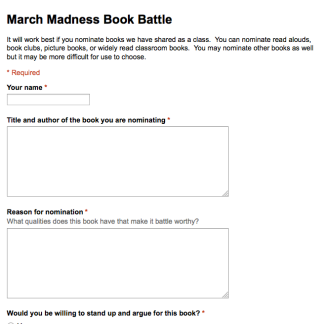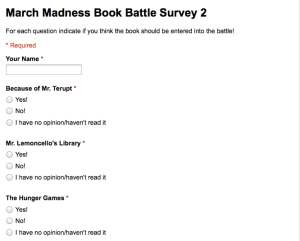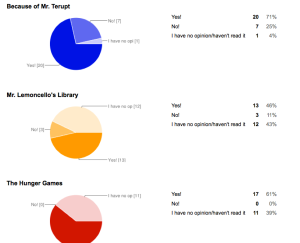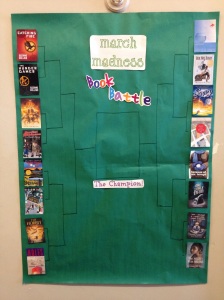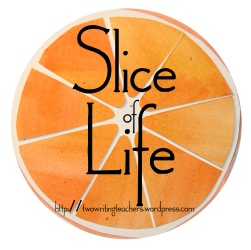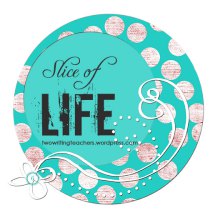Note: This post, co-authored by Troy Hicks and Kristin Ziemke, has been prepared in response to Nancie Atwell’s blog post about the role of technology in her classroom.
In her recent blog post Nancie Atwell opens up about the role of technology in her classroom. As a leader in our field of teaching writing, Nancie, suggested that:
I do think classrooms in grades four or five and up should have computers, so kids can experience and experiment with word processing, but I have concerns about them in the younger grades. In fact, I think the trend of iPads in the primary classroom is a mistake.
We’re grateful to Nancie for starting this conversation as districts across the country purchase more and more mobile devices without thinking about the pedagogical practices that must go hand-in-hand, if not lead, how we think about using these new tools. This dialogue is necessary and overdue. Nancie is one of the literacy leaders who has guided our thinking about student writing, the reading and writing workshop approach, and how best to frame our own thinking about the teaching of writing, both of us appreciate and admire Nancie’s work. We respect her opinions about what works in reading and writing classrooms.

One of Kristin’s students composing both print and digital writing.
We agree with Nancie that many schools are using technology poorly; instead of embracing redefinition as Dr. Puentedura has advocated for, teachers are often misguided and use digital devices for sight word practice, prompted responses and (sadly) weekly assessment and test prep. We recognize that there are poor models of classroom technology out there. We also respect and acknowledge how Nancie employs technology at her school.
However, in this case, we humbly suggest that her opinion on students writing with technology is limited, and we feel compelled to offer a different vision of how students can become digital readers and writers.
First, in the upper grades, we feel that her insistence on computers for word processing is too limiting. Let’s unpack this assumption just a bit. First, though it can feel like our students have their noses stuck in screens for far too long throughout the day, technology is not the enemy here. In fact, word processing is just the beginning of what technology offers to writers. According to leading researchers in the field of K-12 writing instruction, Jill Barshay reports that:
In 83 percent of 30 studies on the use of word processing software, students’ writing quality improved when they wrote their papers on a computer instead of writing by hand. The impact was largest for middle school students, but younger students benefited, too. The theory is that students feel more free to edit their sentences because it’s so easy to delete, add and move text on a computer. The more editing, the better the final essay.
Steve Graham and Delores Perin shared these results in the 2007 Writing Next report, and — sadly — in many K-12 classrooms we still don’t see technology being used for revision and editing in this proven manner. Yet, word processing is just the beginning of what students can, and should, do with computers.

Kristin’s students compose using a laptop.
Second, as we dig a bit deeper into Nancie’s claim about using computers only for word processing, we know that there is more to consider. Indeed, we know from our own research, teaching, and professional writing that computers — as well as tablets and smart phones — provide students with countless opportunities for reading and writing. And, when we say “reading” and “writing,” we are talking about both traditional alphabetical texts (books, articles, essays, poems) as well as digital texts including blogs, ebooks, and hypertexts. Our professional organizations — such as NCTE, IRA, and NWP — have been calling for a broadened view of digital literacy for well over a decade. We would hope that Nancie would consider doing so, too.
Now, to unpack the second part of her concern: that “the trend of iPads in the primary classroom is a mistake.” While Troy does not have the benefit of being in the classroom everyday with younger students, Kristin does. And, from this experience, she would argue that the primary grades are exactly where kids SHOULD be using technology as it transforms their ability to create, share their ideas and connect with an authentic audience beyond the classroom. In fact, it is essential.
Let us explain a bit more.
In the early childhood years, many students are challenged by the physicality it takes to produce a piece of writing. Ideas are often generated and lost before a young writer can transmit them to the paper. In today’s digital writing workshop, students can scaffold their own development by recording a video snapshot of the story they want to tell. Once the ideas are captured on video, the child can transfer the story to paper while going back to rewatch the video as many times as needed in order to remember and include all the parts of the story. Video recording tools allow us to meet the writer where he is and nudge him to become a more proficient writer and idea generator.
Using digital publishing tools like the Book Creator App or Little Bird Tales, we find new ways to celebrate active literacy in the classroom as students can draw, write, speak, listen, view and read all within a piece they create. The ease of which a child can add audio to their own book signals to the learner that each child has a story to tell and is the owner of that story. Embedded audio provides a window into the thinking and gives us a picture of what a child knows and is able to do, not merely what their fine motor abilities allow them to produce on paper.

Screenshot of Kristin’s class interacting on Twitter with author Seymour Simon
Most importantly, technology expands our youngest learners audience as students publish their writing online. Enhanced eBooks, student blogs and classroom Twitter accounts invite primary age students to move beyond the writing wall in the classroom and into a writing world. Feedback from their families, blogging buddies and experts in the field inspires them to write even more. Students view themselves as important contributors to the global writing community and move beyond learning about writing to living life as a writer.
And of course, we provide balance and choice in all we do. We explicitly teach kids that tablets and laptops are tools that writer’s use, just like paper and pencils. We want kids to be intentional about how they choose the tool and think about how the tool enables them to revise, alter the layout and share the writing.
Moreover, these observations extend beyond the early grades. We can point to numerous examples where teachers in upper elementary, middle school, and high school are using digital reading and writing to support their students’ literacy development. As a point of reference for upper el and middle school, we would suggest that Nancie look at some really innovative educators who teach writing with technology such as Kevin Hodgson, Jeremy Hyler and Katharine Hale.
Finally, we suggest that the concerns Atwell suggests are less about her students’ abilities — as well as the capabilities of the devices — and more about her stance as a teacher. Certainly, we want students to feel positive about their reading and writing experiences: reaching fluency with the written word, providing opportunities to talk about books with one another, holding a well-worn novel or favorite pen in our hands. These are tactile, valuable experiences. As she notes, there are social reasons embedded in writing and reading that make these practices both pedagogically useful as they humanize our classrooms.

In this blog post, one of Kristin’s students shares her “wonders” as a part of an inquiry project.
However, if as teachers we discount the opportunities that crafting digital writing and engaging in digital reading can offer students, then we are doing our students more than a disservice. We are failing to prepare them for academic, workplace, and real life opportunities to engage in literacy practices. This is not about our personal preferences for or against technology. It is about the ways that we teach students to become literate.
We are grateful to Nancie as a thought leader and for her decades of work, as well as for her blog post in which she invites us all to reflect on the role of technology in our classrooms. However, we disagree with her stance that word processing is the only way to use technology in the writing workshop and encourage Nancie and others to rethink how we engage students as writers. We strongly believe the trend of iPads (or any tech) in elementary (or middle or high school classrooms) is, indeed, not a mistake, but a necessity.

Student Response on Twitter
Photos provided by Kristin Ziemke.

This work is licensed under a Creative Commons Attribution-NonCommercial-ShareAlike 4.0 International License.
Like what you read? Please Share
Kristin
Katie



